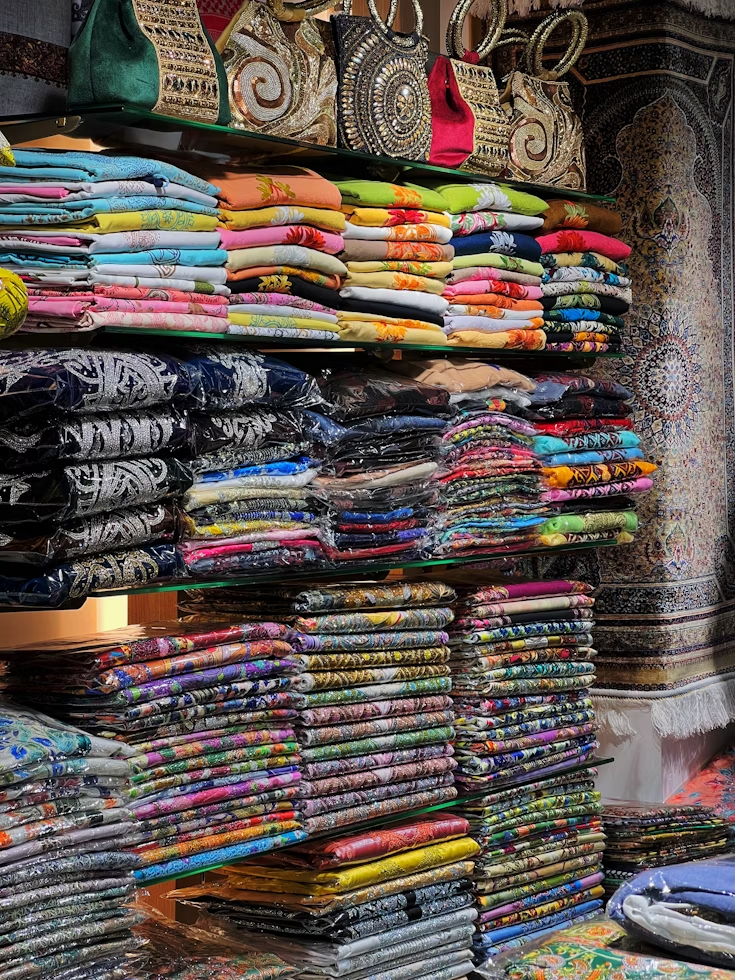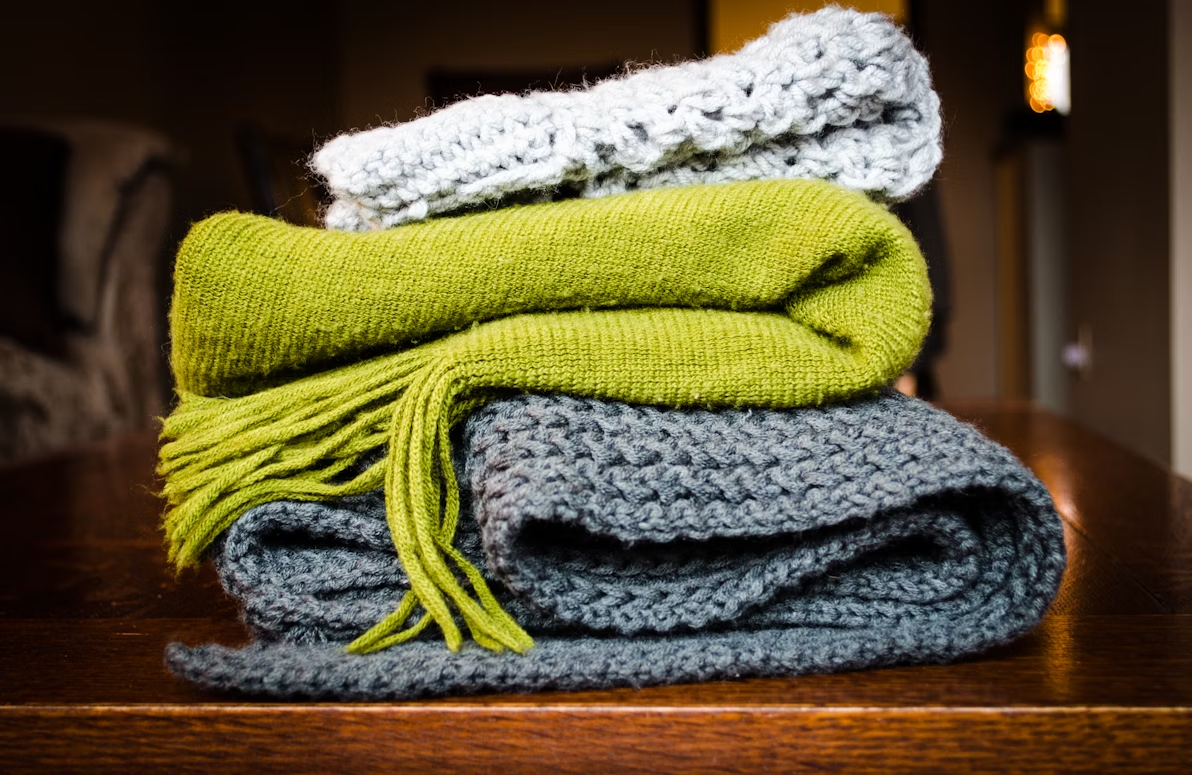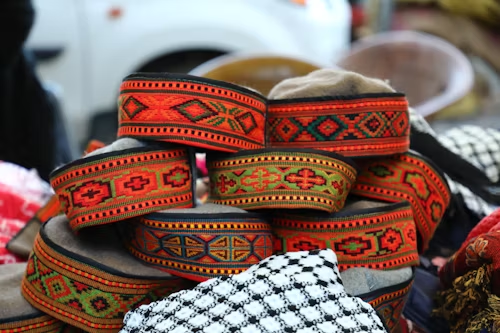In an era dominated by mass production and fast fashion, a quiet revolution is taking place in the world of boutique retail. Handmade fashion — once considered niche or artisanal — is now emerging as a powerful force reshaping how retailers connect with customers, build brand loyalty, and stand out in a saturated market. For boutique owners and fashion entrepreneurs, embracing handmade fashion isn’t just a trend — it’s a strategic move toward authenticity, sustainability, and long-term value.
1. The Shift Toward Conscious Consumerism
Today’s shoppers are more informed and intentional than ever. They care about where their clothes come from, who made them, and how they impact the planet. This shift has given rise to conscious consumerism, where values like sustainability, ethical sourcing, and craftsmanship matter just as much as style and price.
Handmade fashion aligns perfectly with these values. Each piece tells a story — of the artisan who crafted it, the natural materials used, and the cultural inspiration behind the design. For boutique retailers, offering handmade collections allows them to meet this growing demand while positioning themselves as thoughtful curators rather than generic sellers.
2. Uniqueness Is the New Luxury
In the age of algorithms and mass-produced trends, uniqueness has become a form of luxury. Customers no longer want to wear what everyone else is wearing — they want pieces that feel personal, rare, and expressive.
Handmade fashion delivers this in spades. Because each item is crafted individually, no two pieces are exactly alike. Whether it’s a hand-embroidered blouse, a naturally dyed scarf, or a custom-fit linen dress, handmade fashion offers the kind of exclusivity that boutique shoppers crave.
Retailers who stock handmade collections can confidently say: “You won’t find this anywhere else.” That’s a powerful selling point in a competitive market.
3. Supporting Artisan Communities and Ethical Supply Chains
Behind every handmade garment is a skilled artisan — often working in small workshops or cooperatives, using traditional techniques passed down through generations. By sourcing handmade fashion, boutique retailers are not just buying products; they’re investing in people.
This human connection adds depth to the retail experience. Customers appreciate knowing that their purchase supports fair wages, safe working conditions, and the preservation of cultural heritage. Retailers can share these stories through product tags, social media, and in-store displays — turning each item into a conversation starter and a point of pride.
4. Flexibility and Customization for Retailers
One of the biggest advantages of handmade fashion for B2B partners is flexibility. Unlike mass manufacturers who require large minimum orders and rigid designs, handmade suppliers often offer:
- Low MOQs (Minimum Order Quantities)
- Custom design options
- Private labeling and branding support
This means boutique owners can curate collections that truly reflect their brand identity — choosing colors, fabrics, and styles that resonate with their audience. It also allows for seasonal drops, limited editions, and exclusive collaborations that keep customers engaged and coming back for more.
5. Sustainability Without Compromise
Sustainability is no longer a buzzword — it’s a business imperative. Handmade fashion naturally lends itself to eco-friendly practices:
- Use of natural, biodegradable materials like cotton, linen, hemp
- Small-batch production that reduces waste
- Avoidance of harmful chemicals and synthetic dyes
- Longer product lifespan due to quality craftsmanship
For retailers, this means they can offer sustainable fashion without compromising on style or quality. It also opens up marketing opportunities around green values, which resonate strongly with Gen Z and millennial shoppers.
6. Building a Brand That Stands Out
In boutique retail, differentiation is everything. Handmade fashion gives retailers a clear edge — not just in product offering, but in brand storytelling.
Imagine a boutique that sources dresses from Vietnamese artisans, scarves from Moroccan cooperatives, and bags from ethical workshops in India. Each product becomes part of a global narrative, woven together by the retailer’s vision. This kind of storytelling builds emotional connection, drives loyalty, and sets the brand apart from competitors.
Retailers can leverage this through:
- In-store storytelling and signage
- Behind-the-scenes content on social media
- Collaborations with artisans and designers
- Events and pop-ups that celebrate craftsmanship
7. The Rise of Digital Boutique Retail
With platforms like Shopify, Etsy, and Instagram Shopping, boutique retail has gone digital — and handmade fashion is thriving in this space. Online shoppers are actively searching for unique, ethical, and story-driven products. Handmade fashion checks all the boxes.
Retailers can use high-quality visuals, artisan profiles, and transparent sourcing to build trust and drive conversions. They can also test new designs quickly, gather feedback, and scale successful products — all while maintaining the handmade charm that sets them apart.
Final Thoughts: Handmade Is Not a Trend — It’s a Movement
Handmade fashion isn’t just a passing trend. It’s a response to the shortcomings of fast fashion, a celebration of human creativity, and a pathway to more meaningful retail experiences.
For boutique retailers, embracing handmade fashion means offering more than just clothes — it means offering connection, culture, and conscience. It’s a way to build a brand that matters, serve customers who care, and grow a business that lasts.
At ToMedia, we believe in the power of handmade fashion to transform retail. We partner with boutiques and fashion businesses to deliver artisan-crafted collections that inspire, delight, and make a difference.
Ready to bring handmade fashion to your store? Let’s build something beautiful together.



